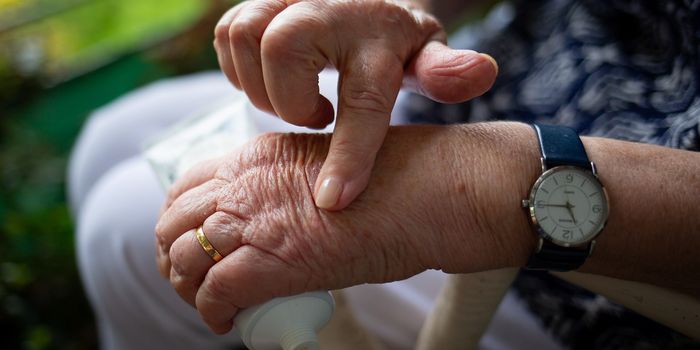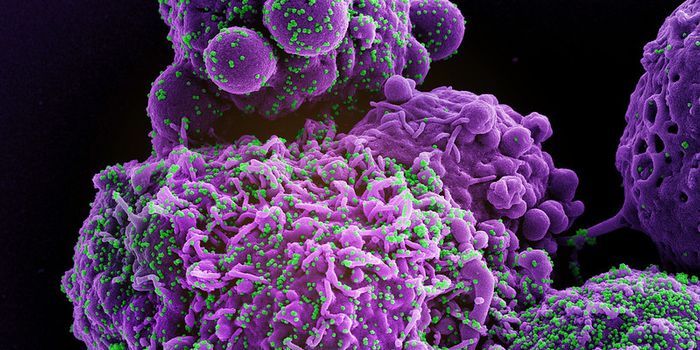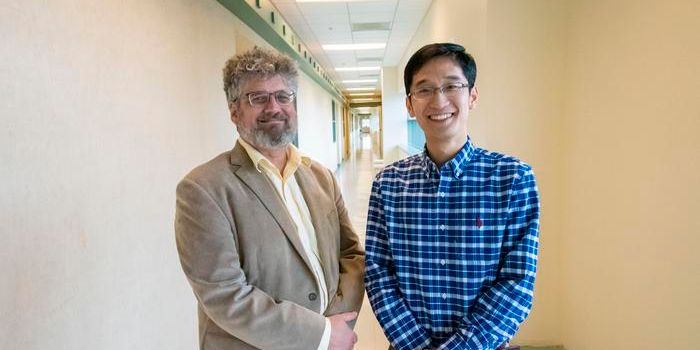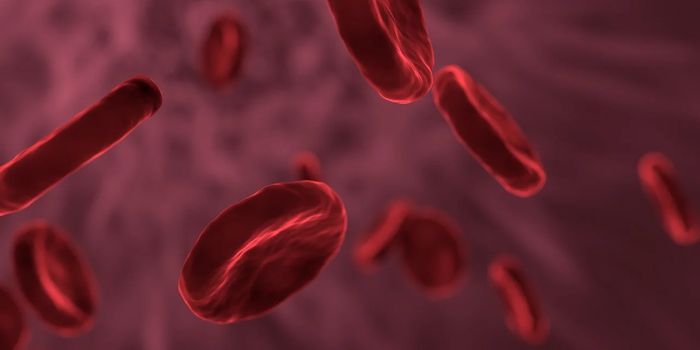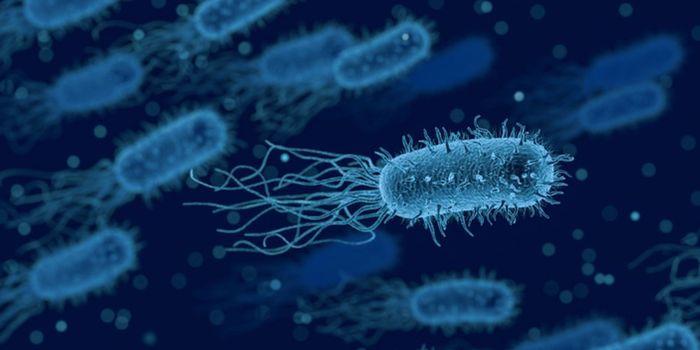Since the 1960s, scientists have studied the antibody production and cell-mediated immune response duties of B lymphocytes. According to a 2008 Blood review, disruptions in the B lymphocyte lineage can lead to congenital immunodeficiency, leukemia/lymphoma, and autoimmune disease. Now, in a new study, scientists from the Bellvitge Biomedical Research Institute have identified a transcriptional repressor that seems to be at the root of the problem.
Histone deacetylase HDAC7 is a transcriptional repressor known to play a key role in transcriptional regulation, cell cycle progression, and other developmental events. In the recent Journal of Experimental Medicine study, researchers found HDAC7 to be involved in the pathway responsible for the generation and identify of B lymphocytes.
B lymphocytes are just one type of hematopoietic stem cells, which follow a very complicated pathway to finally becoming B lymphocytes or other blood cells. The B cell pathway is the same as T cells and NK cells; they come from the same precursor cell. However, hematopoietic cells also lead to the production of macrophages, red blood cells, and more. In the present study, scientists showed how essential HDAC7 is to the generation of B lymphocytes.
As precursor cells in the hematopoietic stem cell pathway differentiate and make their way to becoming B cells, different genetic influences are needed for successful differentiation. “However, increasing evidence indicate that transcription factors are also involve in the repression of lineage inappropriate genes,” said lead researcher Maribel Parra. “How B cell transcription factors induce the silencing of genes that should not be expressed in B cells remain largely unknown.”
Parra and the team studied a mouse model of HDAC7 deficiency in B cell progenitors to break down the precise role of the transcriptional repressor in B cell development. Results showed that HDAC7 silences activity of any “inappropriate” genes.
In the differentiation of B lymphocytes, HDAC7 regulates the involvement of transcriptional repression of genes belonging to precursors of other cell types, like macrophages and T lymphocytes. For example, without HDAC7 activity, a cell lineage destined to become a B lymphocyte could have T lymphocyte or macrophage characteristics, compromising the integrity of the end product. "Through this mechanism of transcriptional repression, B cells ensure that genes characteristics of other cell types are not expressed and maintains its lymphoid identity," Parra explained.
Sources:
Bellvitge Biomedical Research Institute,
Gene ID



